
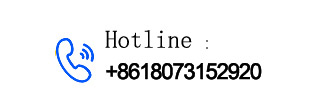
— Productos —
 línea telefónica directa +8618073152920
línea telefónica directa +8618073152920 WhatsApp:+8615367865107
Dirección:Oficina 102, Distrito D, Parque Industrial Houhu, Distrito Yuelu, Ciudad de Changsha, Provincia de Hunan, China
Todos los productos
El sensor de lluvia piezoeléctrico es un dispositivo que utiliza el efecto piezoeléctrico para medir las precipitaciones. Cuando una gota de lluvia cae sobre la superficie de detección del sensor, ejerce presión sobre la superficie de detección, provocando su deformación. Como la superficie de detección está hecha de material piezoeléctrico, la deformación genera una señal eléctrica, cuyo tamaño es proporcional al tamaño de la gota de lluvia y a la fuerza del impacto. Midiendo el tamaño de esta señal eléctrica, se puede deducir la cantidad de lluv···
Tel/WhatsApp:+8615367865107
Email:Arvin@niubol.com +Cerca de 100 empresas asociadas en más de 68 países. Estamos comprometidos a proporcionar productos prácticos y de alta calidad para satisfacer sus necesidades y ayudarle a resolver problemas.Detalles del producto
El sensor de lluvia piezoeléctrico es un dispositivo que utiliza el efecto piezoeléctrico para medir la precipitación. Cuando una gota de lluvia cae sobre la superficie del sensor, ejerce presión sobre ella, deformándola. Dado que la superficie está hecha de material piezoeléctrico, la deformación genera una señal eléctrica, cuya magnitud es proporcional al tamaño de la gota y a la fuerza del impacto. Al medir la magnitud de esta señal eléctrica, se puede deducir la cantidad de lluvia, lo que permite el monitoreo y registro de la precipitación.
| Fuente de alimentación: | CC 12-24 V |
| Producción: | RS485 (protocolo MODBUS) |
| Rango de medición: | 0~8 mm/min |
| Precisión de la medición: | ± 4% (precipitación acumulada diaria) |
| Resolución: | 0,01 mm |
| Consumo de energía: | Corriente media inferior a 5 mA (12 V) |
| Entorno operativo: | -40 °C ~ 80 °C, 0 ~ 100 % de humedad relativa |
| Grado de protección: | IP66 |
Piezoelectric rain sensors usually consist of a small plate made of piezoelectric material and a surface that collects the raindrops. When a raindrop hits the piezoelectric plate, the plate generates a voltage signal due to the piezoelectric effect. These signals, after amplification and filtering, can be converted to digital signals and transmitted to a data acquisition system or control centre either wirelessly or by wired means.
1. Working principle: Piezoelectric rain sensor uses the piezoelectric effect, when the rain hits the surface of the sensor, it will produce tiny electric charges, these charges are captured by the sensor and converted into the corresponding electrical signals, so as to measure the amount of precipitation.
2. Structural design: usually made of piezoelectric material sensor sheet and sensor body composition, the sensor is mounted on the shelf, so that the sensor sheet is exposed to the external environment in order to capture the precipitation.
3. Accuracy and Stability: High measurement accuracy and stability, able to accurately record changes in precipitation, including precipitation intensity and duration.
4. Durability: Typically have good durability and are able to operate stably for long periods of time in a variety of harsh climatic conditions.
5. Automation function: some piezoelectric rain sensors have the function of recording and transmitting data automatically, which can transmit the real-time data to the monitoring station or data centre for remote monitoring and data management.
Piezoelectric rain sensor has a wide range of application scenarios in many fields, the following are some specific application areas:
1. Meteorological Observation: In meteorological observation stations, piezoelectric rainfall sensors are used to monitor rainfall in real time, providing key data support for weather forecasting, climate research, and so on. This data helps meteorologists to better understand the distribution, intensity and frequency of rainfall, thus making more accurate predictions.
2. Hydrological research: Piezoelectric rainfall sensors can be used to monitor rainfall in rivers, lakes and other water bodies, providing critical data support for hydrological research. By collecting and analysing these data, researchers can better understand the water volume changes, water level fluctuations and other conditions of the water body, which in turn provides the basis for water resource management and flood warning.
3. Agricultural production: In the field of agriculture, piezoelectric rainfall sensors can be used to monitor rainfall on farmland and provide farmers with accurate rainfall information. This helps farmers develop reasonable planting and irrigation plans, improve agricultural productivity, and reduce crop losses due to over- or under-irrigation.
4. Flood prevention and early warning: monitoring rainfall in river or lake areas to provide early warning of possible flood disasters.
5. Traffic management: used in traffic monitoring centres, real-time understanding of rainfall on road sections, optimizing traffic flow and scheduling.
1. Real-time monitoring: piezoelectric rainfall sensors can monitor rainfall in real time, providing timely and accurate data support for decision-making in related fields.
2. Data support: by collecting and analysing rainfall data, it can provide an important basis for research in the fields of meteorology, hydrology, agriculture, etc., and promote the development of related fields.
3. Disaster prevention: in flood control, power station reservoir water management and other scenarios, piezoelectric rainfall sensor can be used to monitor rainfall, provide important information for disaster prevention, to protect people's lives and property safety.
In summary, piezoelectric rain sensor as a high-precision, high-response monitoring equipment, in the meteorological, hydrological, agricultural, urban management and other fields have important application value. It provides important data support for monitoring and management in related fields, and has a wide range of application prospects and important application value.
Anterior:Instrumentos para monitorear los niveles de visibilidad atmosférica
Siguiente:Sensor meteorológico 5 en 1
Catálogo de sensores
Catálogo de sensores agrícolas y estaciones meteorológicas-NiuBoL.pdf
Catálogo de estaciones meteorológicas-NiuBoL.pdf
Recomendaciones relacionadas
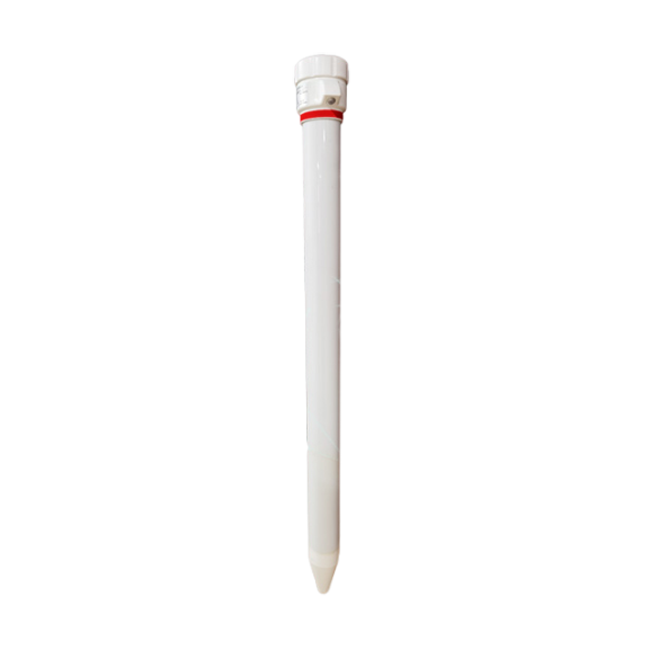 Sensor de suelo multiprofundidad RS485
Sensor de suelo multiprofundidad RS485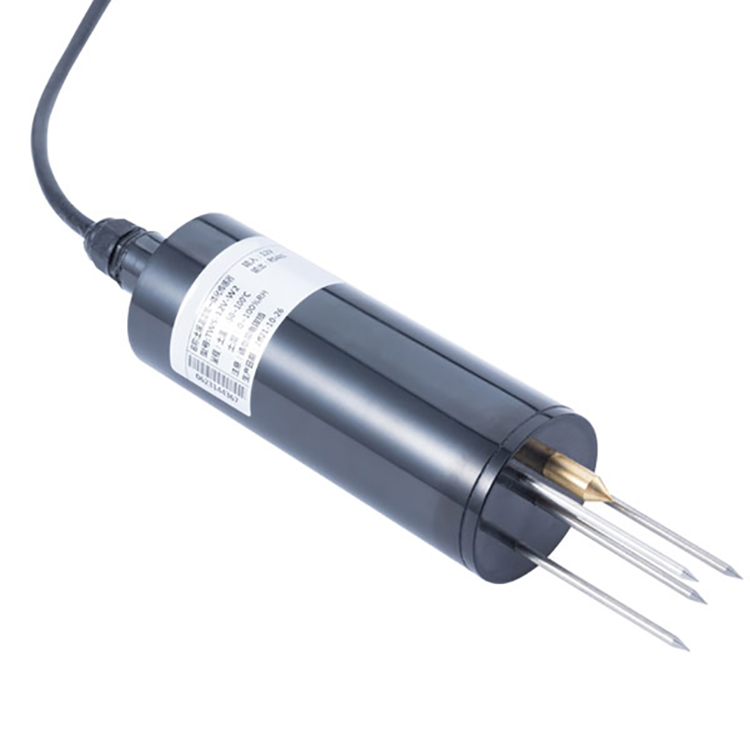 Sensor de humedad del suelo TDR
Sensor de humedad del suelo TDR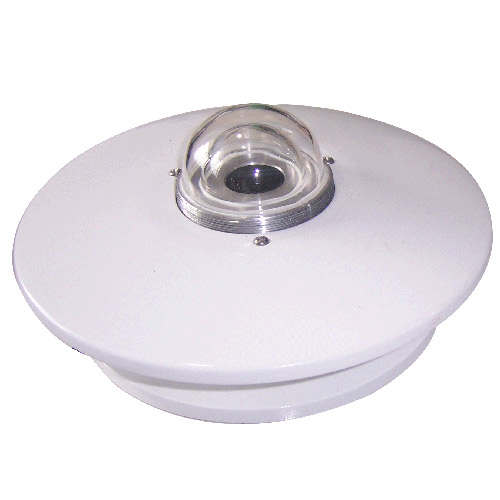 Sensores de radiación solar tipo piranómetro
Sensores de radiación solar tipo piranómetro Sensor de ph del suelo
Sensor de ph del suelo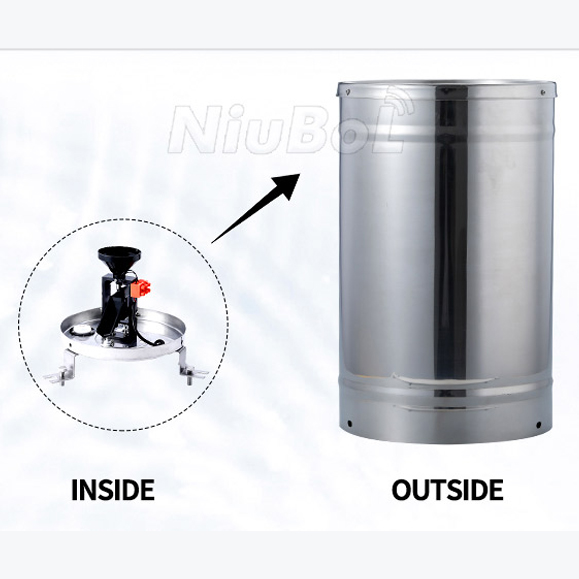 Pluviómetro de cubeta basculante
Pluviómetro de cubeta basculante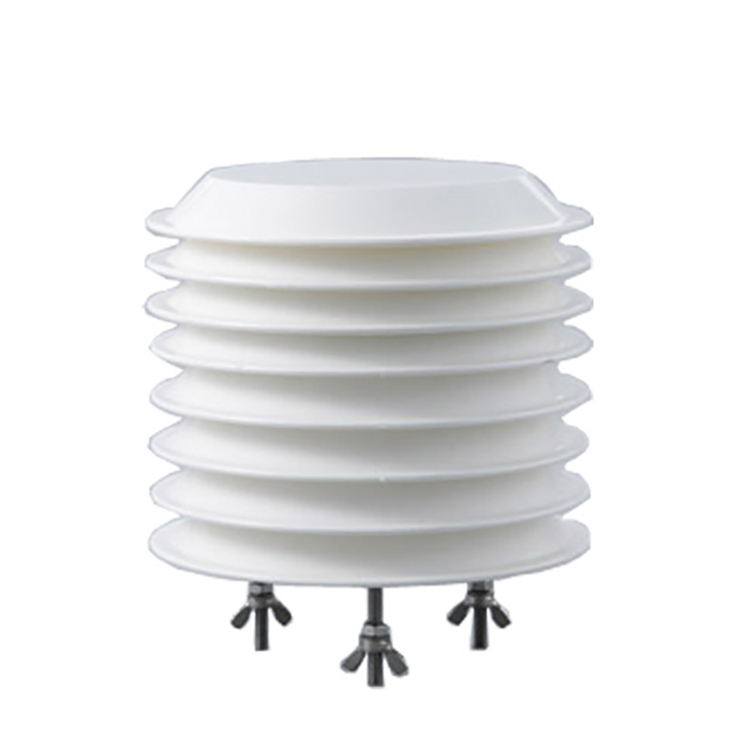 Sensor de temperatura y humedad del aire
Sensor de temperatura y humedad del aire
Captura de pantalla, WhatsApp para identificar el código QR
WhatsApp number:+8615367865107
(Clic en WhatsApp para copiar y añadir amigos)
